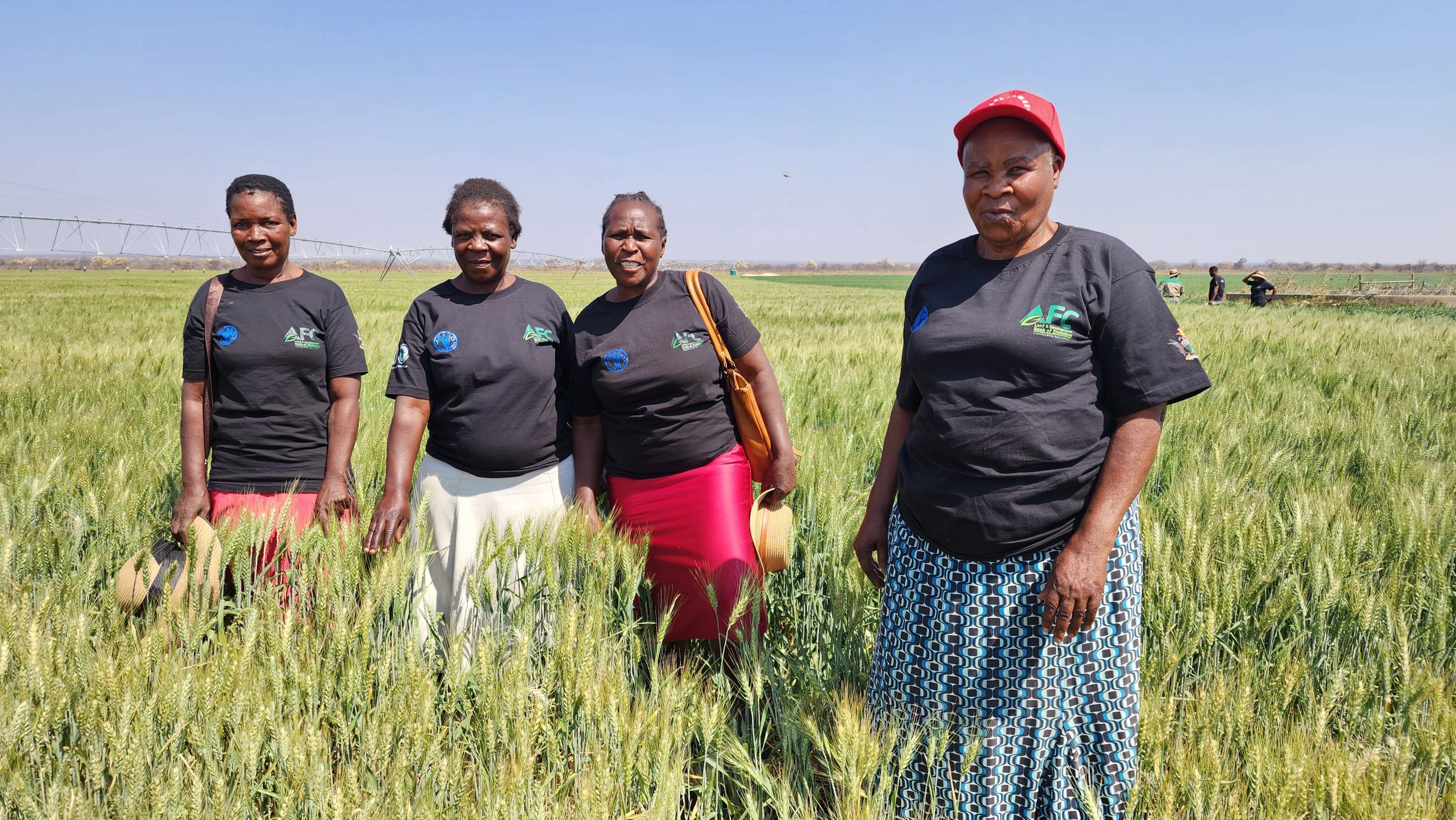HARARE — Zimbabwe’s record-breaking 2024/25 agricultural season is a key factor behind the International Monetary Fund’s (IMF) projection that the country will record one of the highest growth rates in Southern Africa in 2025, with real GDP expected to expand by about 6 percent.
According to IMF projections published in October 2025, Zimbabwe’s real GDP is expected to be above the projected sub-Saharan average of about 4 percent.
IMF staff attribute the stronger outlook to an agricultural rebound, improved fiscal and monetary discipline, stronger gold and lithium earnings, and moderating inflation.
IMF African Department Director, Mr Abebe Aemro Selassie told a media briefing after the release of the new growth projections for the Sub-Saharan Africa region released at the just-ended IMF, World Bank Annual Spring Meetings, in Washington DC, United States, that Zimbabwe has achieved commendable progress towards restoring macro-economic stability.
“Zimbabwe has gone through quite a lot of challenges in recent years, and one of the things that distinguishes Zimbabwe from other countries in the region is that they have not been able to access concessional funding to the same degree that others have, helping defray the impact of all global shocks of recent years. Against this difficult backdrop, it is good to see that the country has been trying to put in place the right policies and in recent months, I think we have seen significant effort being made,” said Selassie.
The CLAFA-2 report, jointly produced by the Ministry of Lands, Agriculture, Fisheries, Water and Rural Development (MLAFWRD) and ZIMSTAT, confirms a sharp recovery from last season’s drought-hit output and points to national food self-sufficiency for the year ahead.
The report shows a 290 percent rise in total food-crop production compared with 2023/24, when an El Niño-induced dry spell slashed harvests. Maize production rebounded to 2 293 556 metric tons, a 261 percent increase from 2023/24, while traditional grains reached 634 650 MT, bringing total cereal output to 2 928 206 MT.
According to the official cereal-balance tables, this production “far exceeds national human and livestock requirements,” leaving a calculated surplus of between 811 732 MT and 1 225 732 MT, depending on the consumption scenario used. The CLAFA-2 maps show most districts with more than 12 months of grain sufficiency, though Gweru, Hwange and Beitbridge remain food-deficit and ten additional districts could require assistance from October 2025.
The bumper harvest is expected to cut the food-import bill and feed into broader economic recovery.
A large domestic grain surplus will supply the stock-feed and manufacturing industries, conserve foreign currency, and moderate food-price pressures.
The rebound also extends beyond staples. CLAFA-2 estimates a 15 percent rise in tobacco output to 273 million kilograms, a 52 percent jump in cotton, and a 303 percent increase in sunflower production. The national cattle herd stands at 5.74 million, with 94 623 MT of beef produced in 2024 and the cattle-offtake rate improving to 10.5 percent.
Economists say these data underpin the IMF’s optimistic outlook. “The 6 percent GDP forecast is clearly agriculture-led,” said one independent analyst. “The CLAFA-2 figures show that the rebound is already visible in production and rural incomes, strengthening export earnings and reducing import dependence.”
The CLAFA-2 attributes the successful season to favourable rainfall patterns and sustained government programmes — particularly the Pfumvudza/Intwasa climate-proofing initiative and the Presidential Inputs Scheme — which produced higher average yields than conventional plots.








